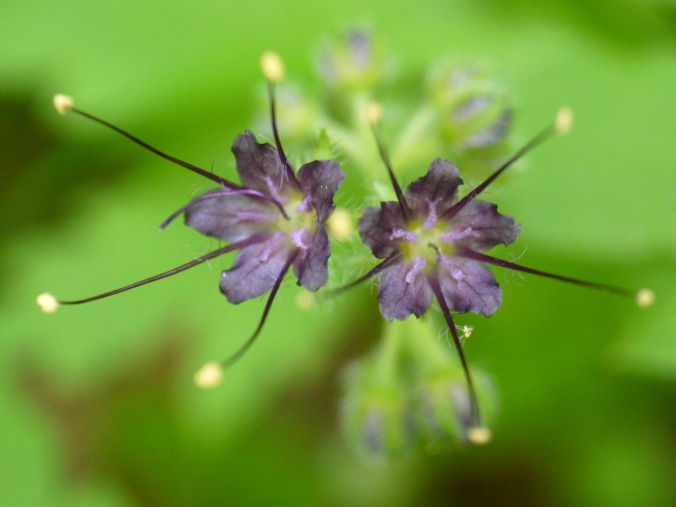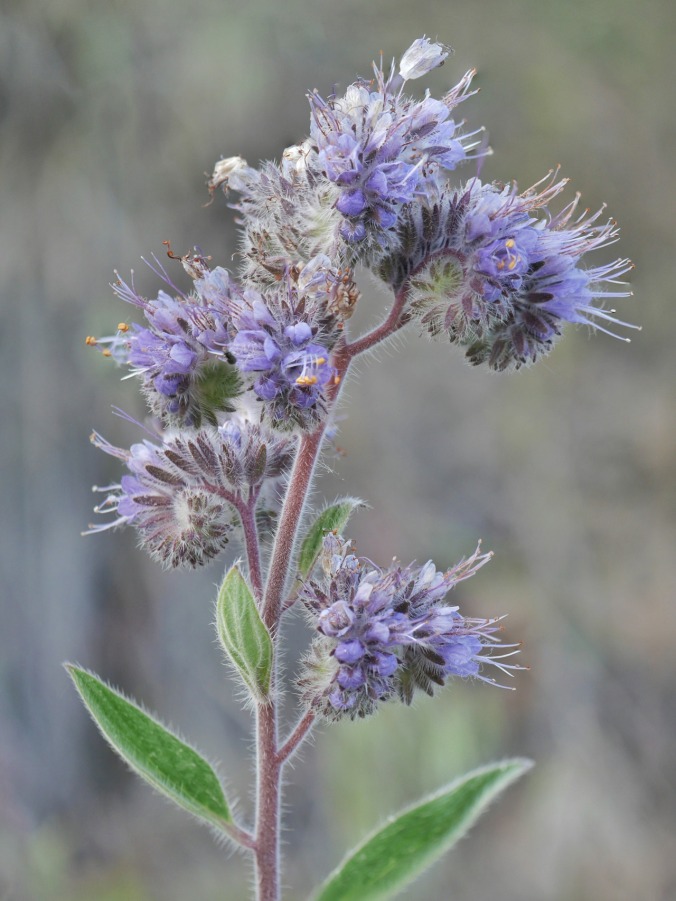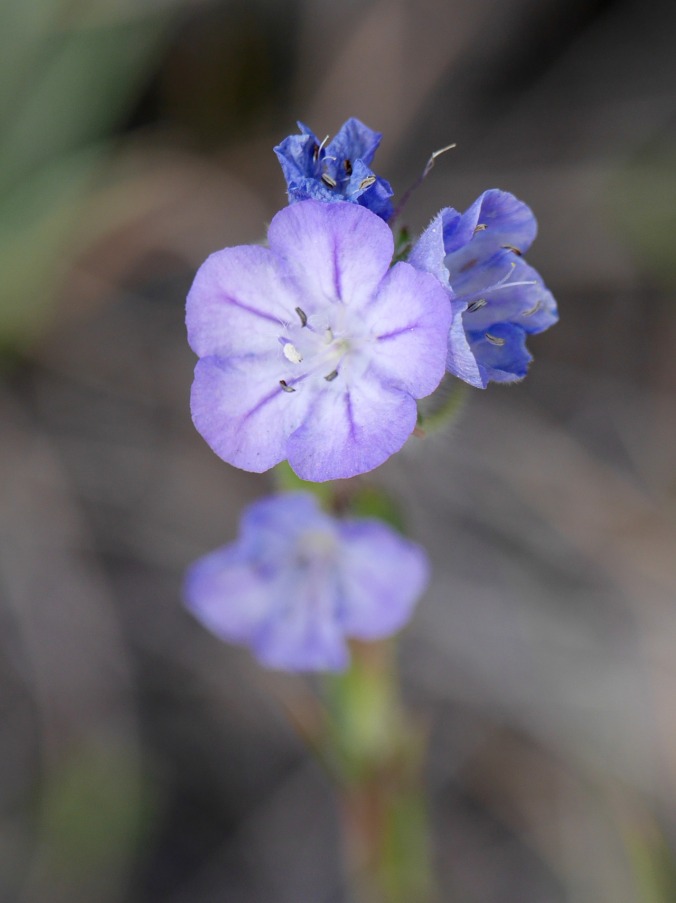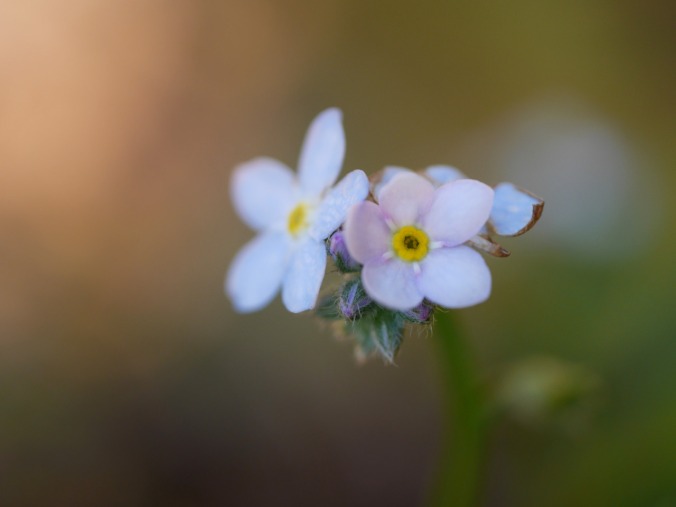
Hydrophyllum tenuipes “Pacific Waterleaf” Hydrophyllaceae/Boraginaceae
Olympic National Park, WA
June 5, 2013
Robert Niese
While we’re on the topic of Hydrophyllaceaous plants, here’s another from the low, wet forests of the coastal PNW. Like most members of this pseudo-family, these flowers exhibit unmistakable exerted stamens. These plants are endemic to the PNW and can be found anywhere west of the Cascades, usually near rivers or streams. It’s also interesting to note, like the other Hydrophylls I’ve been posting lately, these plants produce flowers whose color varies from cream to deep violet. A quick google image search suggests that most individuals are white, but all the images I have collected personally are purple. Perhaps I tend to only encounter the purple varieties, but it seems far more likely that I simply prefer to photograph purple plants over white ones. It’s interesting that this unconscious bias may have influenced my perhaps unfounded perception of these populations being predominantly purple.






